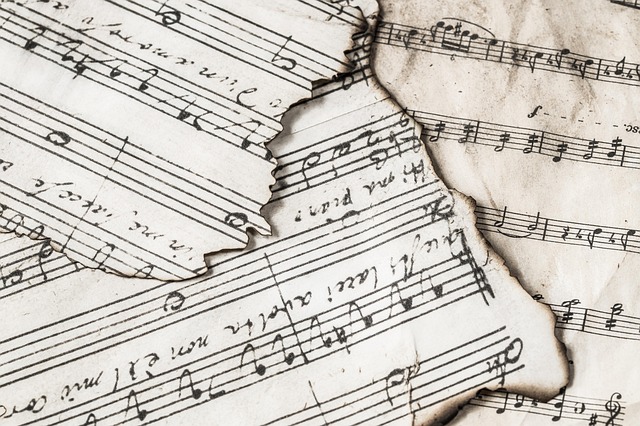
Musical Notes
Understanding Musical Notes
Musical notes are the fundamental building blocks of music, representing specific pitches and durations. They are essential for musicians to communicate and perform music effectively. This article explores the various aspects of musical notes, including their notation, duration, and the role they play in music theory.
Notation of Musical Notes
In music, notes are represented on a staff, which consists of five lines and four spaces. Each line and space corresponds to a specific pitch, determined by the clef used at the beginning of the staff. The most common clefs are the treble clef and the bass clef. The treble clef, for instance, indicates that the second line from the bottom represents the note G, while the bass clef indicates that the second line from the top represents the note F.
Understanding Pitch
Each note has a specific pitch, which is determined by its position on the staff. The notes are named using the letters A through G, and this sequence repeats in higher and lower octaves. Musicians memorize these note names to quickly identify the pitches they need to play. For example, a note placed on the first line of the treble clef staff is an E, while a note on the second space is an A.
Accidentals and Their Functions
Accidentals are symbols used to alter the pitch of a note. The most common accidentals are the sharp (♯) and flat (♭) symbols. A sharp raises a note by a half step, while a flat lowers it by a half step. This alteration is crucial for creating different scales and harmonies. Additionally, the natural symbol (♮) cancels any previous accidentals, returning the note to its original pitch.
Note Duration
Notes also vary in duration, which is indicated by their shape. The most common note values include:
- Whole note: Represents four beats.
- Half note: Represents two beats.
- Quarter note: Represents one beat.
- Eighth note: Represents half a beat.
- Sixteenth note: Represents a quarter of a beat.
Rests, which indicate silence, also have corresponding durations and are essential for maintaining the rhythm of a piece.
Rhythm and Its Importance
Rhythm is the pattern of sounds and silences in music, formed by the arrangement of notes and rests over time. It is a crucial element that gives music its structure and flow. Musicians often use time signatures, such as 4/4 or 3/4, to indicate how many beats are in each measure and which note value receives one beat. Understanding rhythm is vital for performing music accurately and expressively.
Conclusion
Musical notes are essential for understanding and performing music. Their notation, pitch, duration, and rhythm form the foundation of music theory. By grasping these concepts, musicians can enhance their skills and communicate effectively through music.

















 Rib Fractures
Rib Fractures 
 Health
Health  Fitness
Fitness  Lifestyle
Lifestyle  Tech
Tech  Travel
Travel  Food
Food  Education
Education  Parenting
Parenting  Career & Work
Career & Work  Hobbies
Hobbies  Wellness
Wellness  Beauty
Beauty  Cars
Cars  Art
Art  Science
Science  Culture
Culture  Books
Books  Music
Music  Movies
Movies  Gaming
Gaming  Sports
Sports  Nature
Nature  Home & Garden
Home & Garden  Business & Finance
Business & Finance  Relationships
Relationships  Pets
Pets  Shopping
Shopping  Mindset & Inspiration
Mindset & Inspiration  Environment
Environment  Gadgets
Gadgets  Politics
Politics 